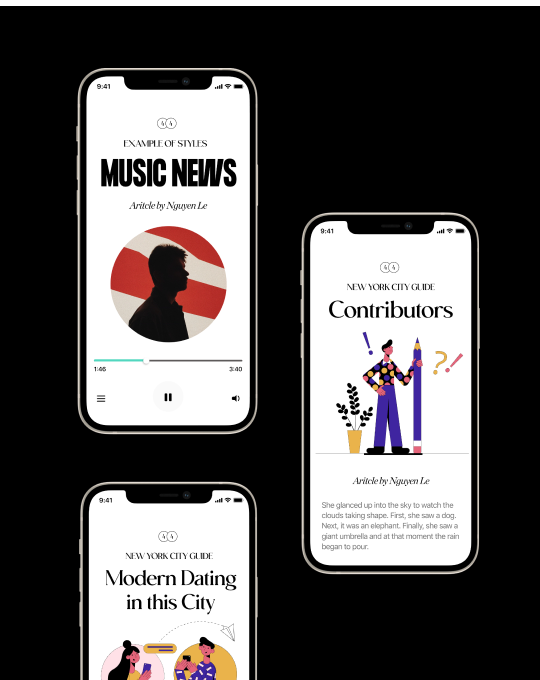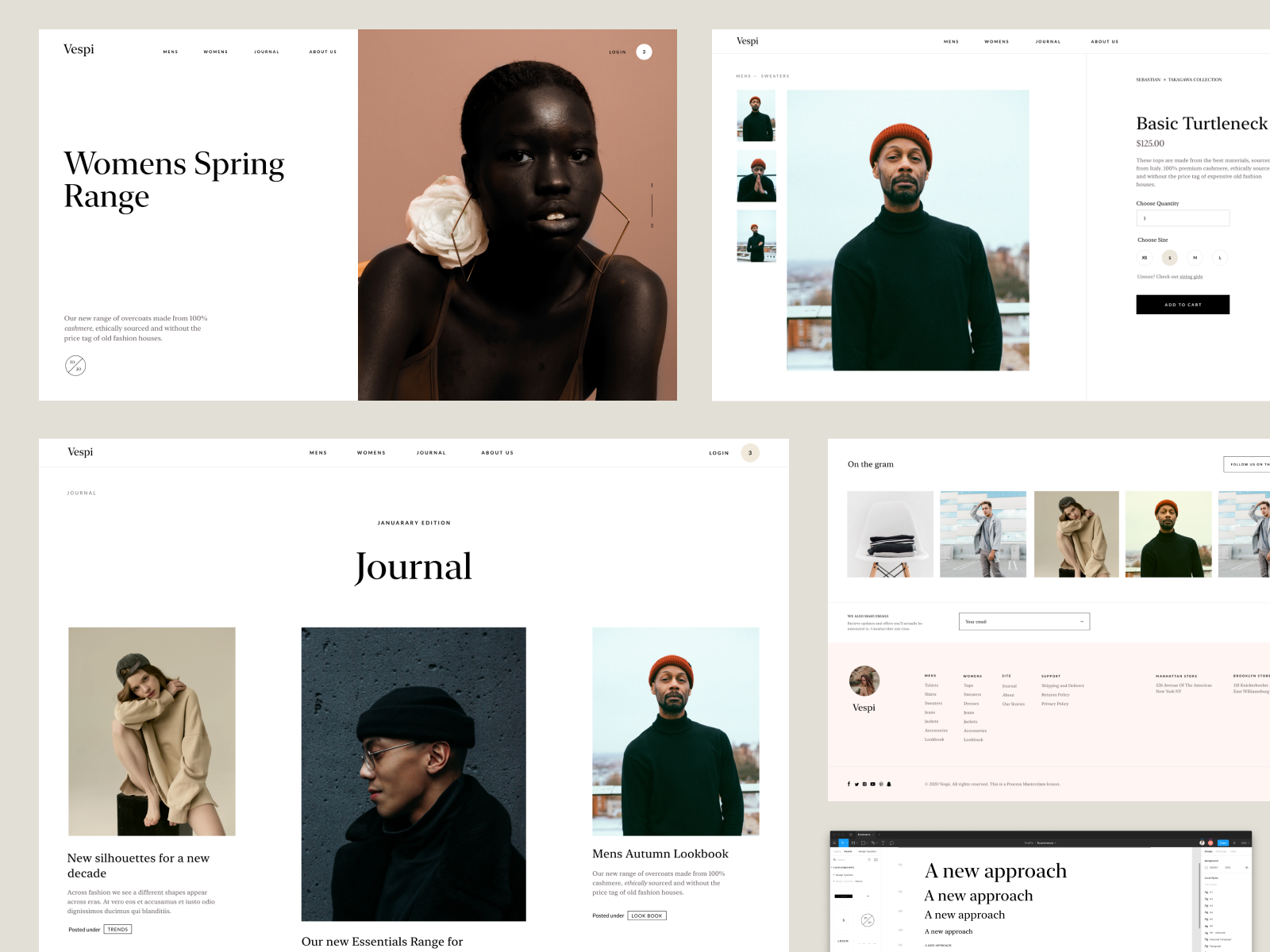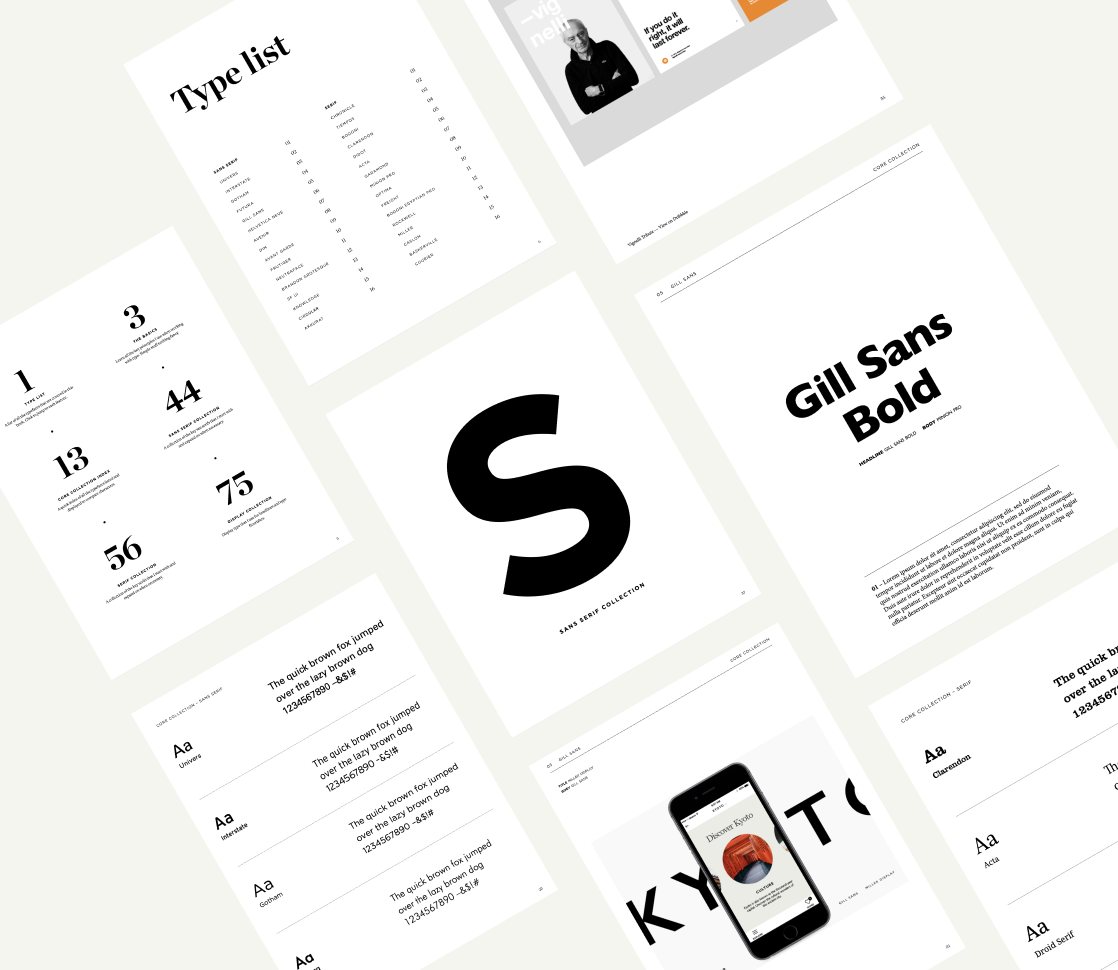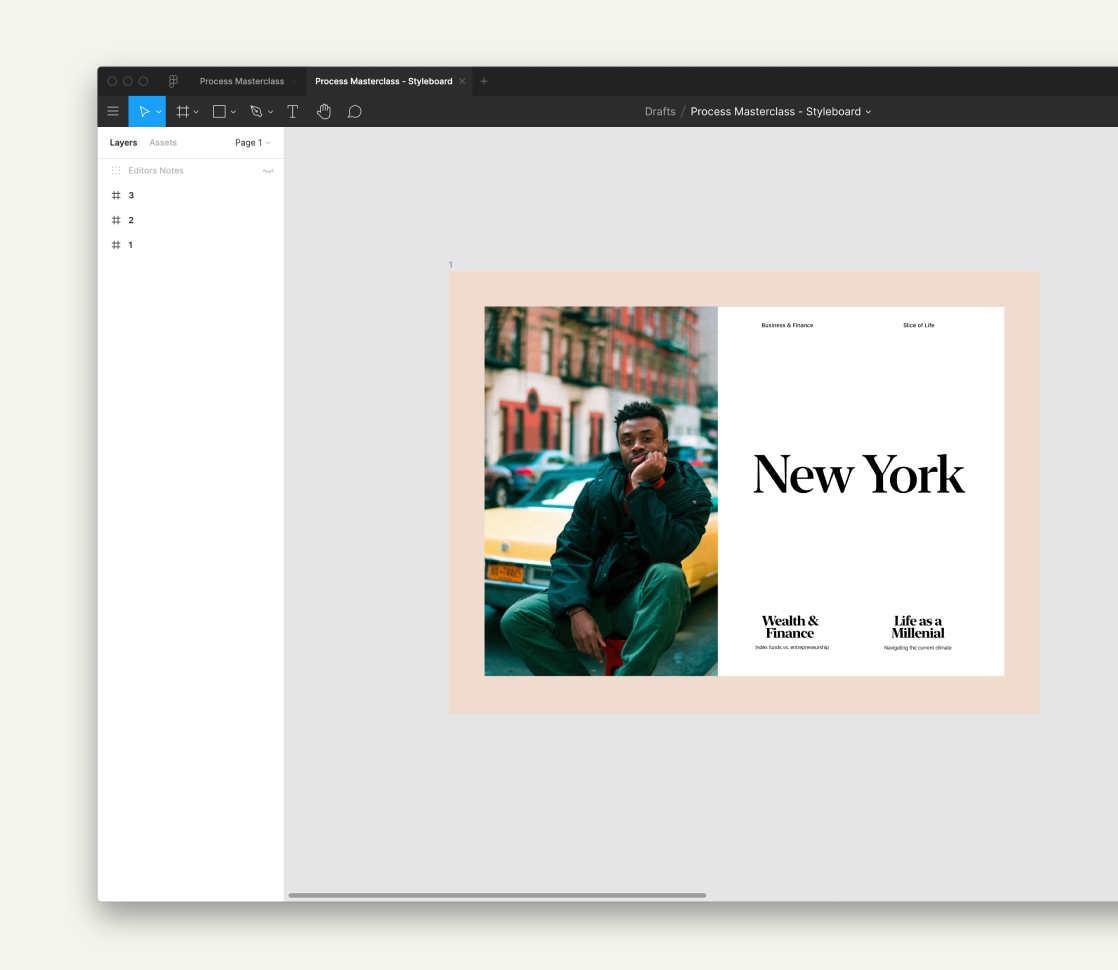

My whole mission is to help designers become more valuable. But what the f*** is value, and creating value with design?
Value is what you bring to the table, via a set of skills and attributes that accomplish something that a company or a market wants.
And how valuable you are is based on your reputation, skills, both hard skills like how well you design, both visually and functionally. But also soft skills how well you communicate, how well you can lead teams, present and sell, and your culture fit and what team mates/stakeholders think when working with you.
The rarer and more in demand your skills are (based on market needs) the more you will be paid, and valued.
So how do you focus on becoming more valuable?
Here are 3 ideas to do just that:
1. Do work that solves problems
The first way to be more valuable is to do work that solves problems. Look and think beyond the pixels, prototypes and the craft in your work. And zoom out and think at a high level. What is it that I solve for the businesses that I serve?
This is a fundamental question that you should try to answer.
- Do you know how your work drives revenue/financial gain for the businesses you serve?
- How much does your work, contribution or leadership contribute to the worth or market cap of a company?
- Do you solve visual problems that create massive or little value?
- Do you solve business problems - such as the redesigning of an organisations processes? Or drive other key business metrics that they value? Building brand equity, building good team morale, driving conversions etc.
When you can clearly and concisely see how your work solves problems for the organisation that you are working for. Or for the stakeholders that you serve.
You can then identify the leverage that you have, and ultimately learn what you are worth.
Tip: You might be thinking that's all great but where can I get started Nguyen? Check out the Business & Marketing section of the Vault. Another great way to learn is to start a side project. Learn by doing, and learn how to market something.
Another way to look at it is - your value (what you get paid and how much people are willing to work with you) is based upon the kind of problems that you can solve with your skillset.
Because not all problems are created equal.
If you core skillset is visual design work for example - if the majority of the marketplace can also do what you do, that means you are easily replaceable. Valuableness is a trade of supply and demand.
If what you do is “specific” or difficult to replace then you will be a valued asset at any organisation. You could be a world class illustrator. UI/UX designer that is extremely efficient. Or a great product designer that has diverse knowledge.
These are all valuable skills - but you have to be in the top quadrant of what organisations are looking for to be valuable. Someone that people can trust - based on your work history and who you've helped in the past.
Try to be a linchpin with what you do and gain specific knowledge. Refer to this great post as to what specific knowledge is via Naval Ravikant.
It's worth noting the kind of work that you do is not objectively valued the same across industries, locations and organisations.
Sometimes you need to change where you work. Whether it’s for someone else or eventually for yourself.
Varying stages of a business have varying needs.
You can do roughly the same kind of work - but if the context and application is changed based on the environment and location that you work ie. If you do work in Silicon Valley for a funded startup vs. a big ad agency vs a consulting firm vs. for a small studio in a country that has a weaker currency and cost of living - there will be a gap on what the market can pay you based on the clients served and the revenue generated by those companies.
That's why even after the market crash design tech wages are still very high L5 designers at Google get paid approx $305,000. vs. If you do product design in a country like the Phillipines, for a small agency - your skills may be very good, but you will get paid drastically less.
Because the problems and clients you serve may have a smaller footprint financially.
You have to market and find where your skills will be the most valued.
There are 2 ways to look at value creation in the marketplace.
1. Design work that solves problems at scale. Solve a simple problem for a lot of people. Airbnb, Netflix, Facebook, Tik Tok, Instagram, Uber, Ecommerce, Web3 etc. Or launch a course like me, or an indie SaaS service like Semplice.
2. Design work that solves problems for specific and smaller group of high value individuals or organisations. ERP systems for banks, government jobs, service design, partnership/co-foudning with high net worth individuals.
Start looking for bigger problems to solve and how you can move the needle in areas that the market highly values. Web3 and AI are new frontiers you can explore.
Or learn timeless skills like marketing, UX Design, business acumen, soft skills, how to drive revenue growth, how to be irreplaceable by driving company culture, by being a linchpin in an organisation.
The key is to learn one thing at a time as you go along. Or else you will be overwhelmed.
Find pain points that you can ‘design solutions’ for. Your worth from a monetary point of view - is based on the value you can create for others.
If you can scale this - ie. create a product or service that can reach a lot of people you can become very wealthy. Or if you don’t have such ambitions those skills are highly valued at many organisations.
So learn to design and solve problems in areas that businesses and the market values. But above all something that you enjoy.
2. Discover your USP (Unique Selling Proposition) and learn to sell
Second is to learn what your unique selling proposition is. What makes you unique from somebody else? There are specific knowledge and skill sets that you naturally build over time.
A USP you might have is a you are a talented designer but you also have a great personality that is optimistic and know how to uplift people. And you know how to lead teams and bring the best out in people to create not only great results but a great work environment. Not many people can do that. Find a specific angle or point of view that makes you world class at something.
Niche down as much as you need. I am the best Asian-American product designer in New York that has a psychology degree in consumer behaviour along with a deep knowledge of suits, and vintage/bespoke watches for example. That’s what makes you different. So that edge may make you the best fit for working at https://www.hodinkee.com/ as an example.
Inline with this you need to learn the art of selling. Selling is a severely undervalued skill in the design scene. Selling is not just about screaming here’s a SALE, buy my shoe, or that used car salesman vibe. It’s about persuasively putting ideas and concepts forth - in a way that can resonate with other people and for them to buy in to your vision. Whether that’s to hire you or to get buy in from stakeholders.
Good article on selling and the basics. https://blog.hubspot.com/sales/how-to-sell-anything-to-anybody
3. Stack and mix diverse skill sets on top of your design skills
Inline with everything we’ve talked about - a great way to increase your value is to mix diverse skill sets on top of one another. If you are a great UI designer that has deep marketing knowledge - you can bridge the gap between departments. You can effectively have a more holistic approach to how you think and approach your work.
The key is to keep learning and expanding your horizons.
This is called talent stacking a term coined by Scott Adams the creator of Dilbert. It’s the idea that you can combine normal skills until you have the right kind to be extraordinary.
'He’s not the best artist — there are better artists than him. He’s not much of a business expert — there are more savvy experts. He has never taken a college-level writing class. Yet, he created Dilbert, a famous comic strip that appears in 65 countries. Scott is said to have a net worth of $75 million, majority of which comes from Dilbert.'
“When you add in my ordinary business skills, my strong work ethic, my risk tolerance, and my reasonably good sense of humor, I’m fairly unique. And in this case that uniqueness has commercial value.”
SCOTT ADAMS
If you can successfully become the top 20% of 2 different fields that combination will suddenly make you in the top 1%-10% in the world with being about to mix and understand both of these disparate fields.
For example if you are great at build digital products and have a deep understanding of community building, community design, De-Fi, NFT's and web 3. That's an extremely valuable mix as the market matures in the web3 space and demand goes through the roof in a few years.
I also skill stack. I started with design, then stacked learning how to write and communicate on top, then I built my marketing and sales chops. And now I run this business that I happily run, and has done very well financially.
If you follow these 3 tips your value will increase exponentially over time, as things compound.
Wishing you the best of luck.

















No Comments.